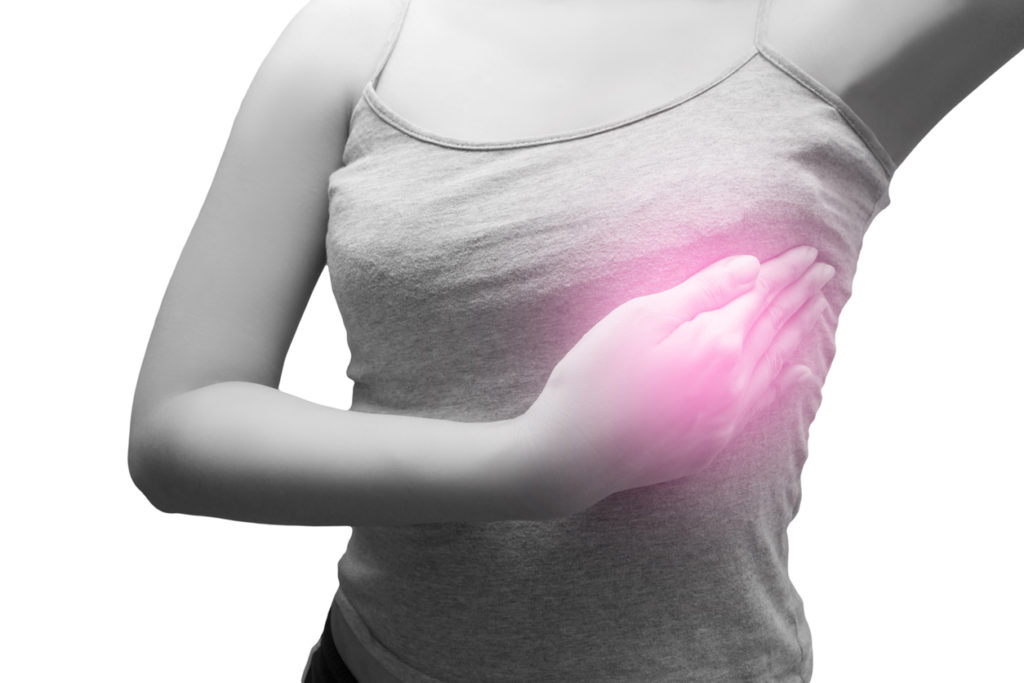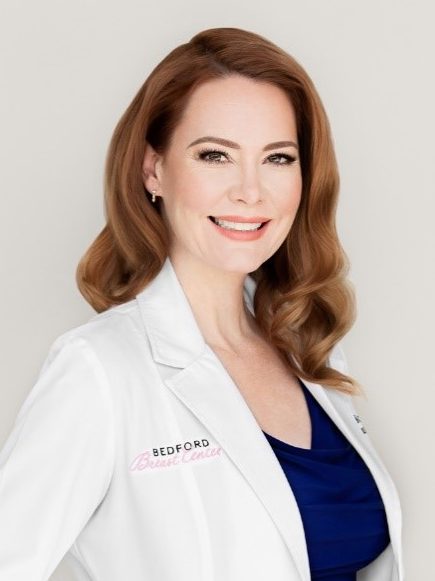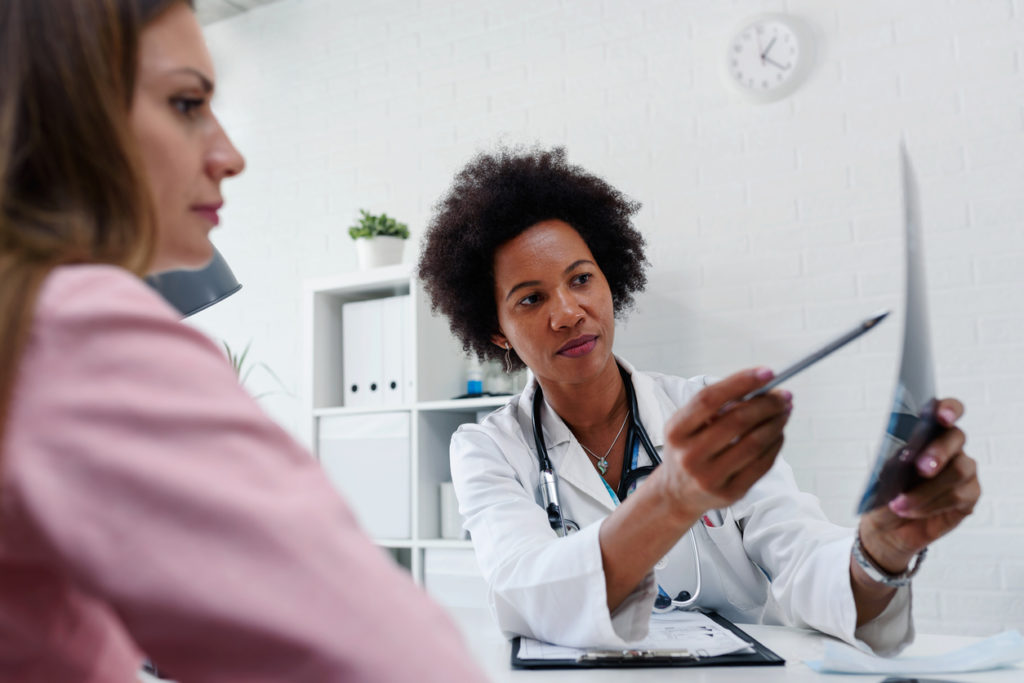Breast Cancer Awareness: A Top Mastectomy Surgeon Explains What To Look For During A Self-Exam
October is Breast Cancer Awareness Month. Beautytap believes in being extra vigilant which means understanding how to perform a breast self-exam at least once a month is essential.
In a year filled with negative statistics, it’s refreshing to hear that breast cancer deaths have declined by 34% since 1990. Survival rates have improved as well, thanks to advancements in medication, surgery, chemotherapy, and radiation.

Still, 1 in 8 women will battle this disease, so learning what to do and when to do it can be the difference between a positive outcome and a tragic end.
What Is Breast Cancer?
As the name suggests, breast cancer originates in the breasts and can spread to other parts of the body. In the early stages, you may not be able to feel anything, but that simply underscores the necessity of annual visits to your gynecologist. Some breast tissue is fibrous, and many lumps are completely harmless. And, although breast cancer predominantly afflicts women, men are not immune.

When And How To Do A Breast Self-Exam
The guidelines for self-exams have changed dramatically over the years. Doctors rarely distribute instructional hang tags to remind women to do their breast exams while showering, and step-by-step instructions are more a recommendation than a rule. Mastectomy Surgeon Heather Richardson, MD, FACS emphasizes that breast exams should be done “regularly,” but there’s no need to get anxious if you haven’t done one for a while. “What’s important,” she says, “is that you learn what’s normal for your breasts. All breasts are inherently lumpy, especially between the nipple and the armpit, which is where most of the lobules [milk-producing sacs] are located.”

Fluid levels in the body vary throughout the month, so checking your breasts at regular intervals may help you identify changes more effectively. And tissue density decreases with time and hormone fluctuations, so understanding what your breasts feel like in your 20s can help you recognize abnormalities as you age.
“Forty percent of diagnosed breast cancers are detected by women who feel a lump.”
What To Pay Attention To When Doing Your Self-Exam At Home
Pick a convenient time and day to conduct your breast self-exam (BSE). If you like scheduling things on a calendar and following technical instructions, that’s fine. But if you’re more of a roll-with-it kinda gal, that’s okay, too.
Lumps that are “rubbery, tender, or hard to locate a second time” are probably completely normal. Hard lumps, however, should be discussed with your physician, as should:
- Changes in breast size or shape
- Unusual swelling or redness
- Skin dimpling or puckering
- Nipple issues, like discharge or a rash
- Pain in a single location that doesn’t abate
And just as makeup lovers appreciate the reminder that brows are sisters, not twins, breasts rarely match one another feature for feature.

Stand Up, Lay Down, Check, Check, Check
Okay, that sounds a bit like a pep rally cheer, but we want you to do your BSEs with enthusiasm not dread. “Use the pads of your fingers, not the tips,” Dr. Heather explains, and check everything. “Feel all the tissue from the collarbone down to the bra line, and from the armpit to the breastbone.” If you’re more comfortable laying down, try using lotion, so your hand will slide more easily over the breast. To borrow a quote from Nike, “Just Do It.”
In part two of our series on breast cancer awareness, you’ll learn more about additional screening technology, genetic testing, and the role of survivors in the breast cancer narrative.
Loading...